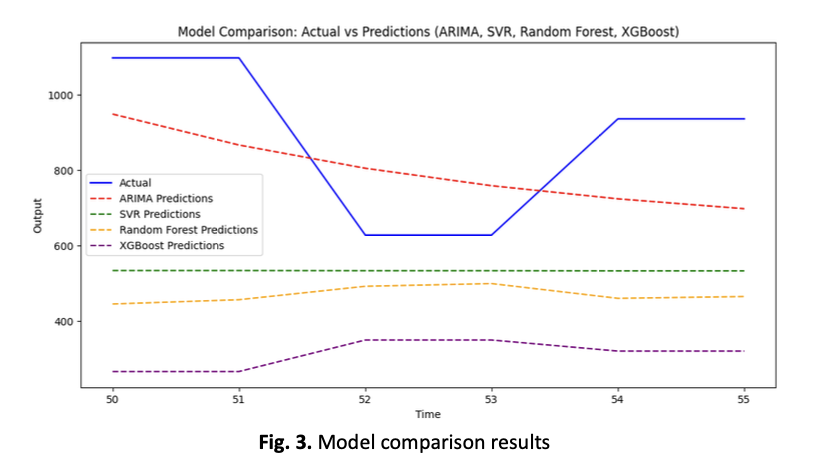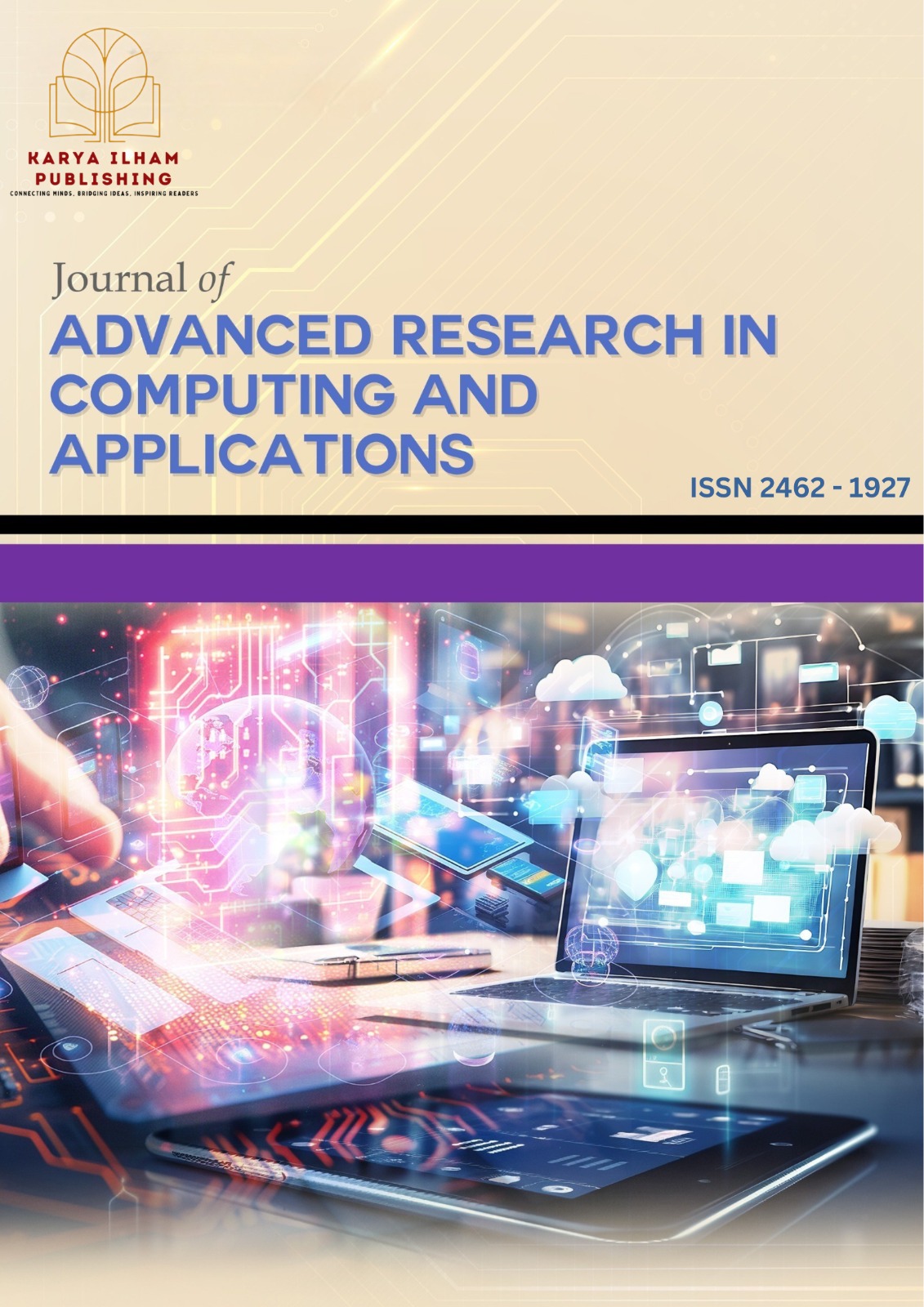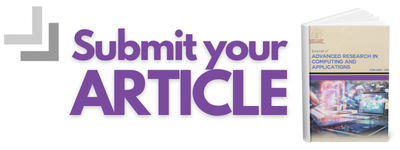Enhancing Decision Making in High-mix Low-volume (HMLV) Production: A Hybrid Model-based and Data-driven approach.
DOI:
https://doi.org/10.37934/arca.39.1.135145Keywords:
Machine Learning Arima, high mix low volume, production planningAbstract
High-Mix, Low-Volume (HMLV) production systems demand high operational flexibility and adaptive decision-making due to frequent fluctuations in demand, product variety, and resource constraints. This study proposes a hybrid approach that integrates discrete-event simulation (DES) with machine learning (ML) techniques to enhance production performance and decision support in HMLV environments. The research is motivated by the limitations of standalone methods—DES lacks adaptability, while ML models often fail to incorporate domain-specific knowledge and perform poorly with small, noisy datasets. The methodology involves three key phases: (1) development of a DES model to simulate the behaviour and structure of a representative HMLV system, (2) integration of supervised and unsupervised ML models (ARIMA, SVR, XGBoost, Random Forest, k-means) to enhance parameter prediction and product clustering, and (3) scenario-based testing and optimization under various scheduling rules and constraints. Model validation was conducted using historical production data from 20 parts over a 28-month period, with performance assessed through RMSE, MAE, and R² metrics. Results show that ARIMA outperforms ML models in capturing temporal trends, with relatively lower error rates despite a small dataset and high variability. Machine learning models demonstrated poor generalizability, with negative R² values indicating overfitting. These findings emphasize the challenges of applying black-box ML models in volatile, low-volume contexts without sufficient data. The study concludes that a hybrid model combining the explanatory power of simulation with the predictive potential of data-driven approaches offers a promising path for improving production planning, scheduling, and inventory decisions in HMLV settings. Future work should expand dataset size, explore seasonal models (e.g., SARIMA), and develop more interpretable hybrid frameworks to support agile, intelligent production management.
















